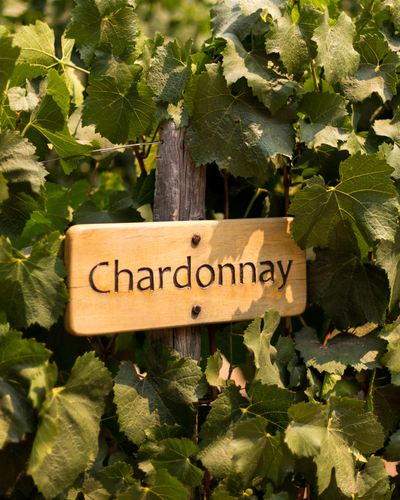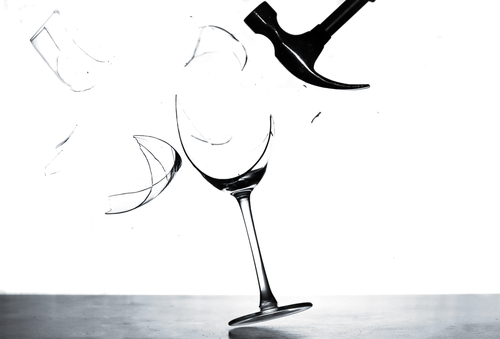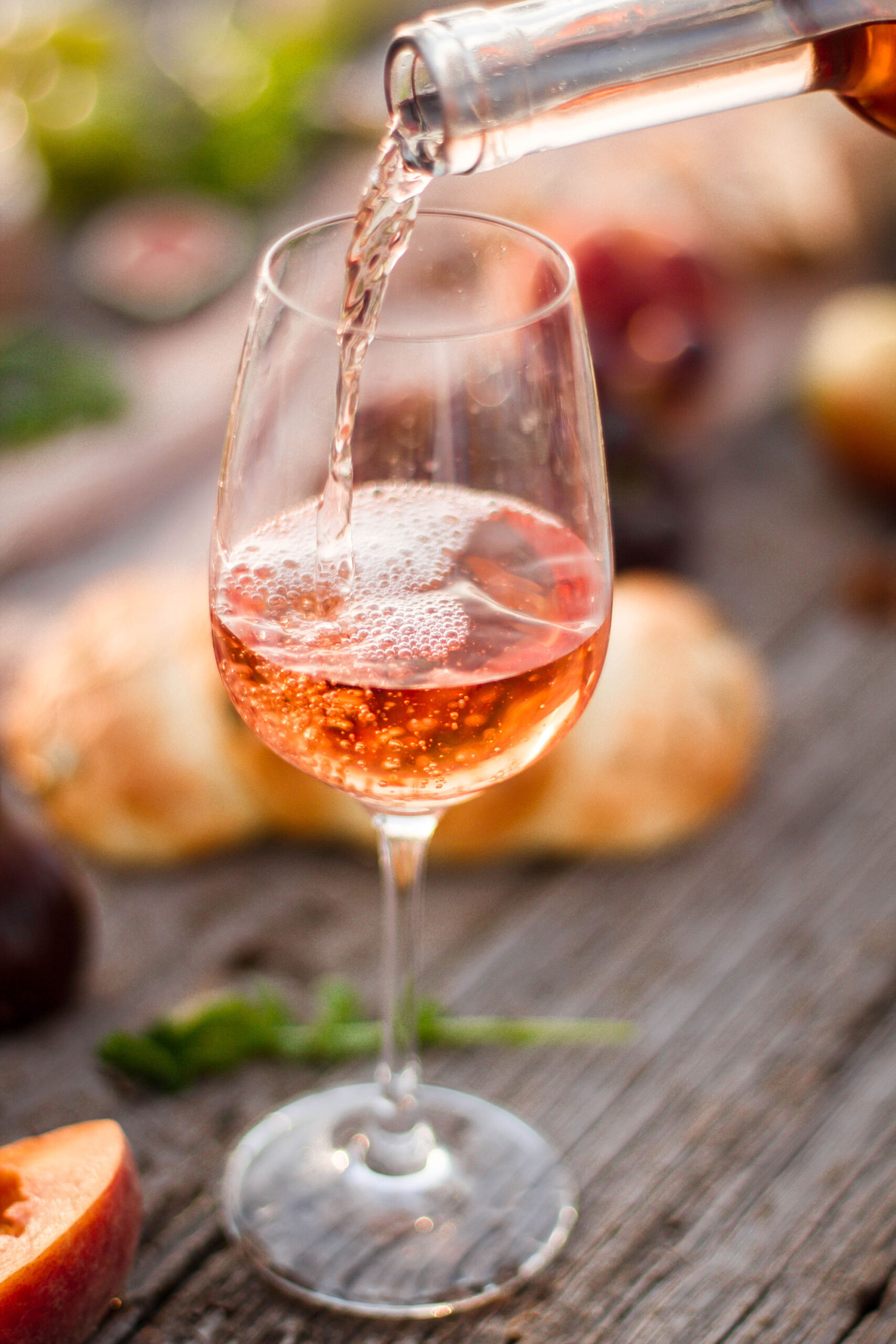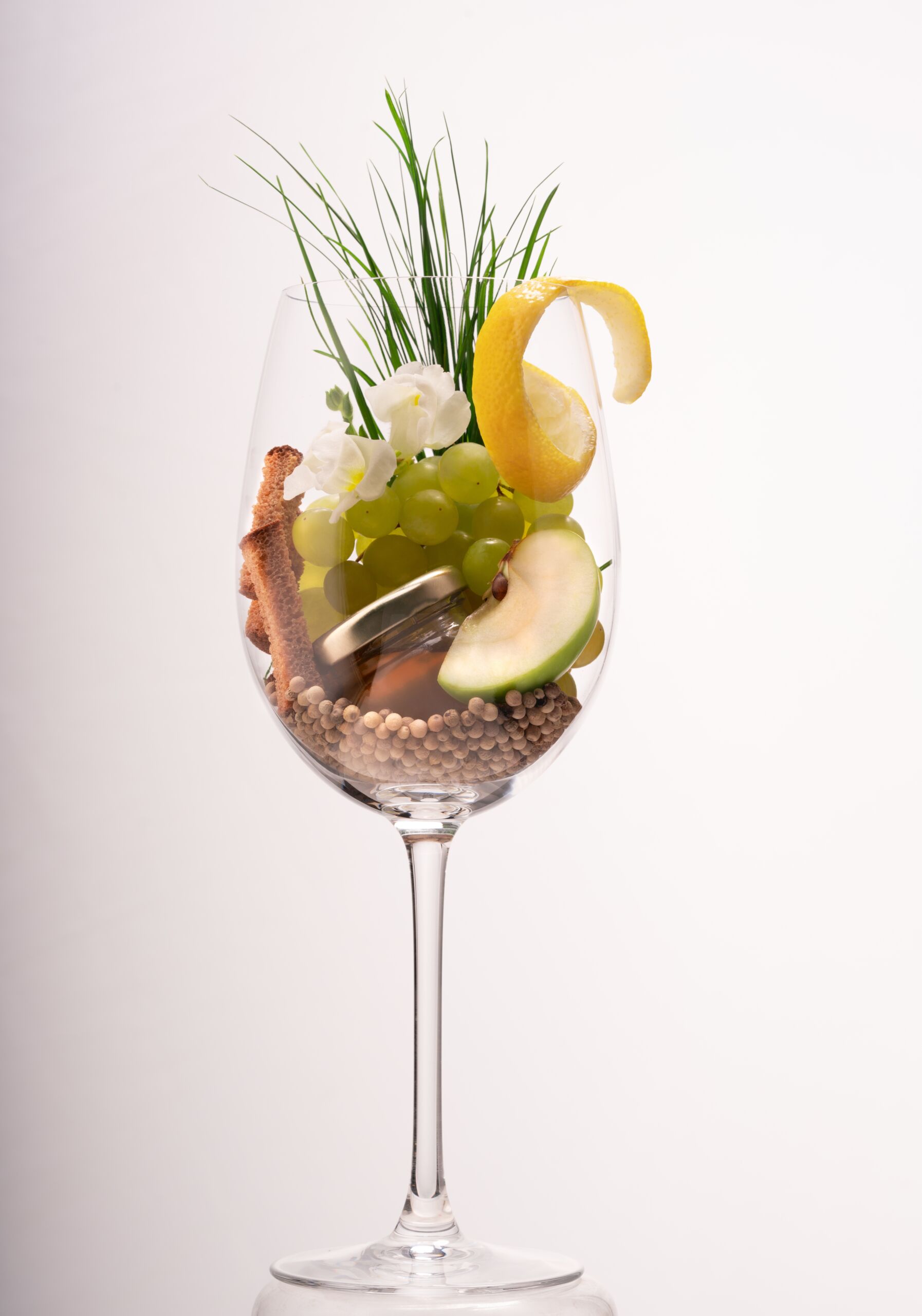To follow up on my previous blogs about particular grapes, here’s another International Wine Day – this time the spotlight is on Chardonnay.
May 26th is International Chardonnay Day so let’s look at a brief profile of the birthday grape.
What’s in a name?
Chardonnay takes its name from the village of Chardonnay in the Mâcon region of Burgundy, which the Romans called Cardonnacum (which translates as ‘the region of thistles’ – Chardon is also French for thistle). Over the centuries Chardonnay has had a variety of spellings – Chardenai, Chardenay, Chardenet, Chardennet, Chardonai, Chardonnet, Chatenait, Chardonet, Chaudenay, and Chaudenet – even more than the Bard himself.
Finally, in 1890, the powers that be decided the name should be standardised to Chardonnay – much like we now accept ‘Shakespeare’ as the Bard’s proper spelling.
Who am I?
Chardonnay, a white variety, is actually related to Pinot Noir, a black variety. Pinot Noir was crossed with what is now a pretty obscure variety, Gouais Blanc, which these days is only really grown in Switzerland and parts of Slovenia. (By the way, despite lacking in fame itself, Gouais Blanc has been infamously dubbed the ‘Casanova of Grapes’ because it’s thought to be the parent of around 80 different grape varieties.)
Cold or Hot?
The spiritual home of Chardonnay is Burgundy in France, and it grows well in other cooler climates around the world. But it’s a versatile little lass (I can’t help but think of Chardonnay as female, due no doubt to the explosion of the use of the name following on from the kitschy TV drama Footballers’ Wives.) Anyway, she has happily found her way to some of the warmer regions of the grape-growing latitudes including Australia, California, and South Africa.
That’s a lot of Chardonnay!
Statistics tell us that Chardonnay is the second most planted variety worldwide of white grape after Airén (a bit of an obscure Spanish variety grown mainly for brandy), totalling some 498,285 acres (201,649 hectares). Unsurprisingly, France grows the most, hotly pursued by the USA. Back to France and even more surprising is that Chardonnay, not Pinot Noir, represents about 60% of Burgundy’s wine production.
A bit non-descript?
Unlike a number of other white grape varieties, such as Gewürztraminer, wine made from the Chardonnay grape doesn’t have a particularly distinctive or instantly recognisable aroma or flavour. What it does have, however, is the ability to reflect where it’s grown and how it’s made.
For example, Chardonnay grown in cooler regions, like Burgundy, tend to have tingling acidity and aromas and flavours of apple, pear, citrus and white stone fruit, whereas Chardonnay grown in warmer climes will have tropical fruit flavours and a much softer acidity.
Chardonnay’s changeability is also attributed to the vineyard soil. For example, the fine minerality in Chablis is ascribed to its famous Kimmeridigan limestone soils, whereas deeper,
more fertile loamy soil makes for more full-bodied Chardonnays like in some parts of the Californian Central Valley, for example.
Because of its relative neutrality, Chardonnay is a perfect blank canvas for the winemaker to add colour to, ranging from soft, feathery strokes of butteriness from malolactic conversion, to thickly daubed toast and oak from barrel maturation.
Its ‘non-descriptness’ also makes it a perfect partner in a blend.
Ooh, I love a glass of fizz!
Talking of blends, if Champagne is your fizzy tipple of choice, then it will have been made in part from Chardonnay grapes (unless it’s Blanc de Noir which is made from Pinot Noir and Meunier). Alongside Pinot Noir and Meunier, Chardonnay is a major component of Champagne, and is found in a raft of other fizzes such as Crémant from France, Cava from Spain, and many sparkling wines from England and around the world. The one sparkling wine you definitely won’t find it in, though, is Prosecco – it’s not allowed.
How much?!
Wines made from Chardonnay are very affordable – unless you covet a bottle of 2007 Domaine Leroy Musigny Grand Cru, from the Côte de Nuits in France, which I found for sale recently for a staggering £180,000 a bottle! (No that’s not a typo – there are 3 noughts after the comma!) I think I’ll stick to a much more modestly priced one from The Wine Shed.
Nom Nom!
Because of Chardonnay’s ability to be manipulated in the winery into a wide range of styles you can find a Chardonnay to go with just about any type of food.
A crisp Chardonnay, like Chablis, is the ideal choice for delicate seafood whereas a Chardonnay with a little more body goes will well white meat, firm fish, and cheeses such as gruyere or gouda.
Even rich dishes with cream sauces, or those featuring grilled meats can be paired with a Chardonnay, but try one with more body and a touch of oak.
If you match the richness of the food with the level of body and intensity of flavour in the wine, then you can’t go far wrong.
And there we have it! Happy ‘birthday’ Chardonnay!





